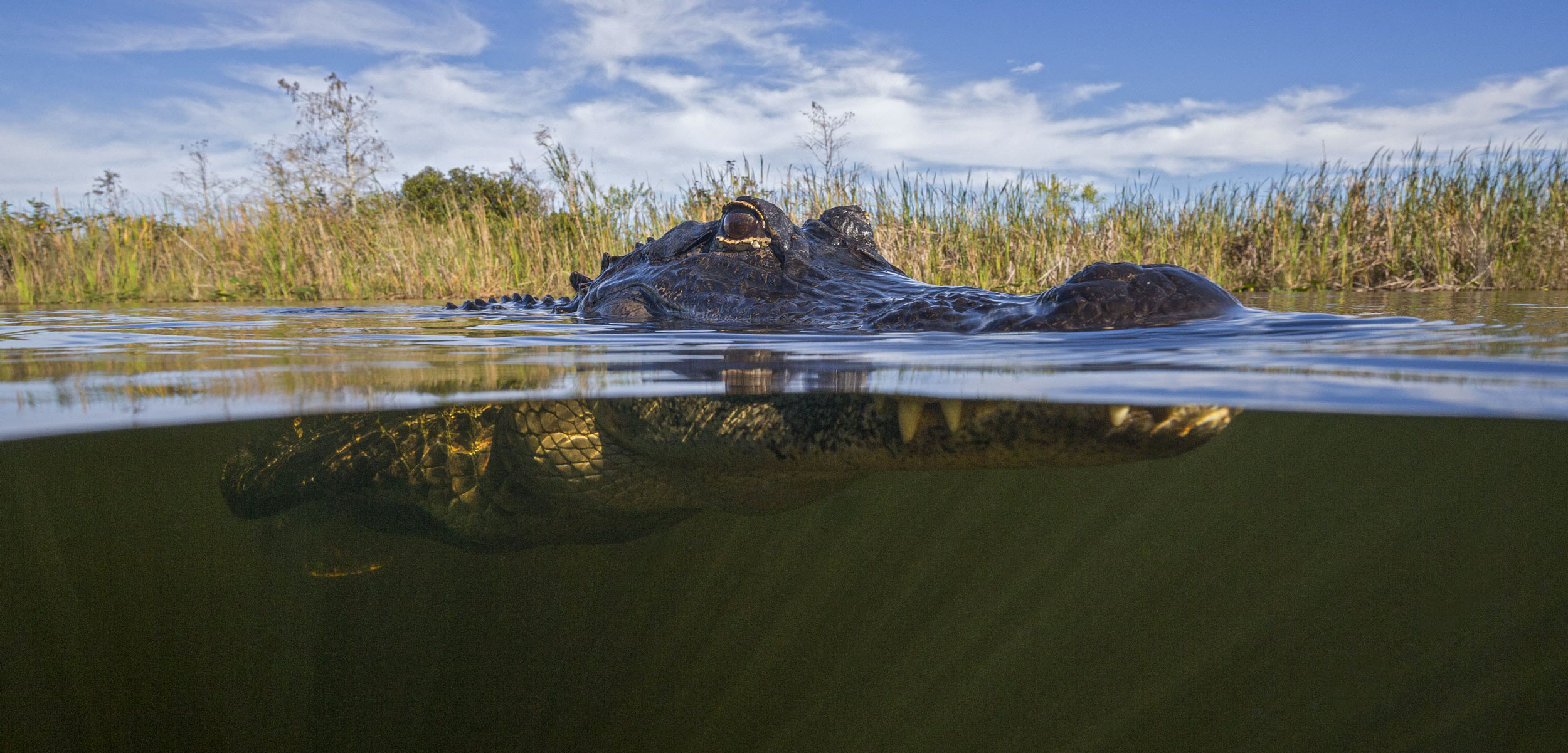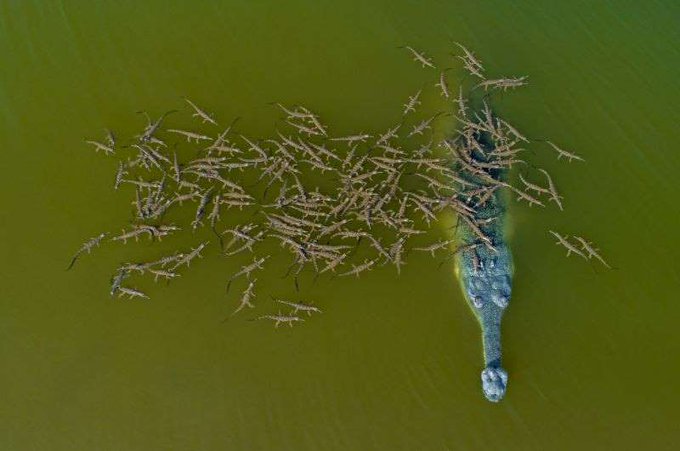Saturn the Alligator
Alligator called Saturn who survived World War Two in Berlin and
was wrongly rumoured to have belonged to Adolf Hitler dies at
Moscow Zoo aged 84
Will Stewart for MailOnline
An alligator who survived WWII in Berlin and was rumoured to have belonged to Hitler has died at Moscow Zoo at the age of 84. Found by British soldiers in Berlin after WWll & handed to the Red Army. Called Saturn, he has lived at Moscow Zoo since 1946.
Known to have been a pre-war star attraction at Berlin Zoo in Nazi Germany, the story also circulated that the reptile had been in Hitler's personal pet collection, as suggested by famous Russian writer Boris Akunin.
'Almost immediately after the arrival of the animal [in Russia], the myth appeared that it was supposedly in Hitler's collection, and not in the Berlin zoo,' Interfax news agency reported. Despite being a widespread rumour, there is no proof to support the claim.
Dmitry Vasilyev, a Moscow zoo veterinarian, said there was no doubt that Hitler admired the alligator, who was a popular attraction at the zoo in Berlin before the war. Saturn lived until the 75th anniversary of Hitler's defeat earlier this month. The alligator was born in the wild in Mississippi in 1936 before being caught and shipped to Berlin Zoo
Provided by Daily Mail Pictured: Berlin Zoo in the aftermath of the battle of Berlin, when Russian forces stormed the German capital There is mystery over the Saturn's whereabouts after Berlin was bombed from November 1943. He was eventually found by British soldiers three years later. One theory is he 'hid in basements, dark corners and sewage drains', another that he was in the menagerie of a senior Nazi.
In the early 1990s, Saturn witnessed the Soviet collapse and reports said he had 'tears in his eyes' when tanks shot the nearby Russian parliament because it 'reminded him of the bombing of Berlin'. Saturn was the longest resident of Moscow Zoo, several times cheating death. A slab of concrete fell from his the alligator's aquarium in the 1980s narrowly missing him.
A story by a Russian writer suggested that Saturn was one of the animals in Hitler's private pet collection. A cruel visitor threw a stone at his head - requiring months of medical care. When a new aquarium was built, Saturn went on hunger strike for four months in protest. He did the same in 2010 - for a year - but eventually started eating again.
An obituary by Moscow Zoo said: 'Saturn is a whole era for us. This is not the slightest exaggeration. He arrived after the Victory (in the war) - and met its 75th anniversary. 'It is a great happiness that each of us could look into his eyes. He saw many of us as children. We hope we did not disappoint him.'
https://www.msn.com/en-za/news/world/alligator-called-saturn-who-survived-world-war-two-in-berlin-and-was-wrongly-rumoured-to-have-belonged-to-adolf-hitler-dies-at-moscow-zoo-aged-84/ar-BB14vC9D?li=BBqg6Q6&ocid=iehp


